Service hotline
+86 0755-23615795
Release date:2025-07-22Author source:KinghelmViews:37
As wireless communication technology continues to advance, antennas—the core components responsible for transmitting and receiving signals—play a critical role in determining communication quality. PCB antennas and spring antennas are two of the most common types, widely used in consumer electronics, smart home devices, IoT applications, and more. Many engineers and product developers often wonder, "Which is better, a PCB antenna or a spring antenna?" In reality, each type has its own strengths and is suited to different applications. This article offers an in-depth comparison from multiple perspectives, including structure and principle, performance parameters, manufacturing process, cost, and application scenarios, to help you make an informed choice.
PCB (Printed Circuit Board) antennas are formed by etching specific patterns onto the copper layer of a PCB, creating radiating elements. Closely integrated with the board itself, common types include inverted-F antennas (IFA) and microstrip patch antennas. For example, the IFA uses bent metal traces to achieve signal transmission and reception within limited board space. Microstrip patch antennas consist of a metal patch on a dielectric substrate paired with a ground plane, often used for fixed-frequency applications. This integrated approach reduces external connections and complexity, making PCB antennas especially suitable for devices with strict space constraints.
Spring antennas use metal wires wound into a helical spring shape, serving as the signal transmission medium. They are independent components, typically connected to the device circuit through a feed point at the base. The helical design helps shorten physical length while maintaining gain, enabling compact antenna designs. For instance, many wireless remote controls use spring antennas whose coiled structure enhances signal reception within limited space.

PCB antennas are usually designed for specific frequency bands, such as 2.4GHz/5GHz Wi-Fi, 433MHz for IoT, and so on. They typically offer narrower bandwidth, making them ideal for single- or dual-band scenarios. By contrast, spring antennas have more flexible frequency coverage; by adjusting coil turns, diameter, and pitch, they can operate from low to high frequencies, which benefits devices requiring multi-band adaptability.
PCB antennas generally achieve gains between 2–6 dBi and tend to be more directional, focusing radiation in specific directions. For example, a PCB microstrip patch antenna in a router mainly radiates horizontally. Spring antennas typically have gains around 1–4 dBi, with high-performance variants reaching up to 5 dBi. They tend to provide a balance between directional and omnidirectional coverage, making them suitable for applications requiring signal coverage in all directions.
PCB antennas can be affected by nearby circuits and components on the PCB, and their performance depends heavily on board layout and material. Poor design may lead to signal loss or distortion. Spring antennas, being structurally independent and benefiting from the shielding effect of their metal helix, generally offer better resistance to electromagnetic interference and more stable signal performance, especially in complex environments.
Manufacturing PCB antennas involves creating the antenna pattern on the PCB using automated processes like exposure, development, and etching. The process supports high automation, large-scale production, and high yield rates (typically over 95%). Design optimization using simulation software (e.g., ADS, HFSS) shortens development time. However, once finalized, modifying antenna parameters requires redesigning and fabricating new boards, increasing cost.
Producing spring antennas involves winding metal wires into helices and may include soldering feed points or adding mounts. The process can combine manual steps with mechanical winding equipment. For complex designs, production speed can be lower, and consistency across batches can be harder to maintain. Still, spring antennas offer flexibility—adjusting coil parameters can quickly change performance without major redesigns.
IV. Cost Considerations: Balancing Performance & Budget
(1) PCB Antennas: Cost Advantages in Mass Production
The main materials are PCB substrates and copper, which are low-cost. For high-volume production (e.g., over 100,000 units), the unit cost can be as low as RMB 0.2–0.8 (roughly $0.03–$0.12 USD). Mature manufacturing processes and high yields further reduce costs, making PCB antennas widely used in cost-sensitive consumer electronics.
Spring antennas incur higher costs from quality metal wire materials and more complex winding processes, which can include precision coil control. The typical cost per unit ranges from RMB 0.5–2 (about $0.07–$0.30 USD), with premium or customized designs costing even more. As a result, they’re less common in highly cost-sensitive products but remain popular in specialized or high-performance applications.
1. Consumer electronics: Smartphones, tablets, smartwatches, and other devices with compact internal designs where space-saving, lightweight, and integrated antennas are critical. For instance, inverted-F PCB antennas on smartphone boards handle Wi-Fi, Bluetooth, and 4G/5G needs.
2. Smart home devices: Smart bulbs, smart locks, and similar products where cost control and easy integration matter. PCB antennas provide adequate short-range communication while keeping manufacturing costs low.
1. Wireless remote controls: Car keys, toy controllers, etc., benefit from the spring antenna’s relatively omnidirectional radiation and strong interference resistance, ensuring stable transmission from different angles.
2. Industrial sensors: In environments with high electromagnetic interference, spring antennas help ensure reliable communication between sensors and receivers. Their standalone design also simplifies installation and positional adjustments.
1. Space constraints: If space is tight and integration is needed, choose PCB antennas. If space is available and independence is preferred, consider spring antennas.
2. Performance needs: For specific frequencies, directional signals, and cost-sensitive products, PCB antennas fit better. For multi-band coverage, omnidirectional performance, and stable communication in complex environments, spring antennas excel.
3. Budget considerations: For mass-market consumer devices where low unit cost is crucial, PCB antennas are preferred. For professional or high-end equipment where performance matters more than price, spring antennas may deliver better results.
There’s no absolute "better" choice between PCB antennas and spring antennas—they each have unique advantages in structure, performance, manufacturing, cost, and applications. The best choice depends on the device’s space limitations, performance requirements, and budget constraints. We hope this detailed comparison helps you make an informed decision in your antenna selection process.

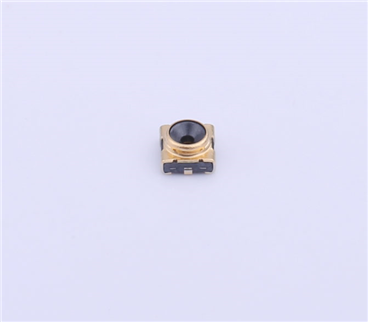
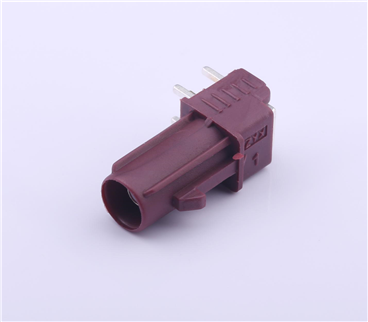
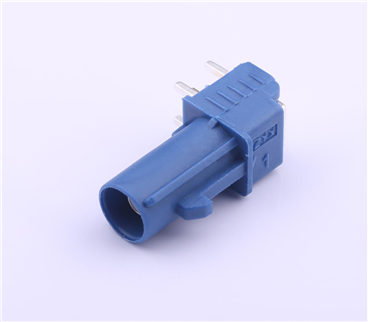
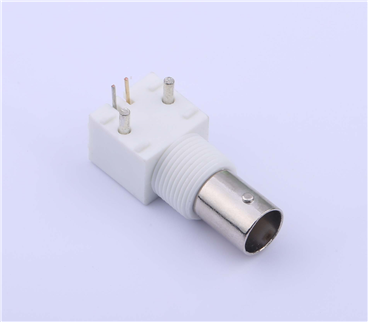
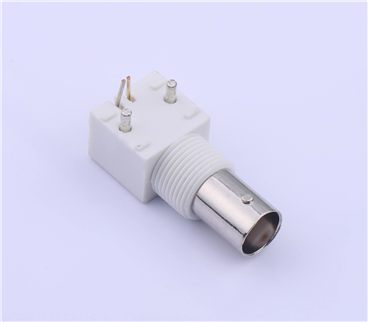
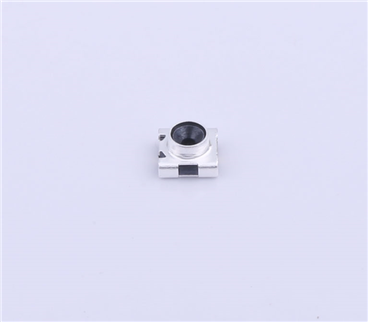

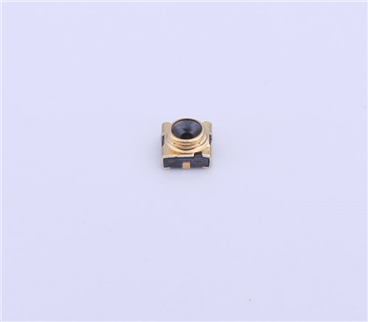
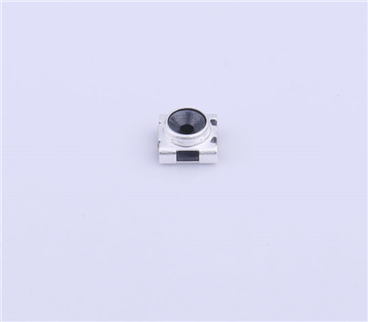
Copyright © Shenzhen Kinghelm Electronics Co., Ltd. all rights reservedYue ICP Bei No. 17113853